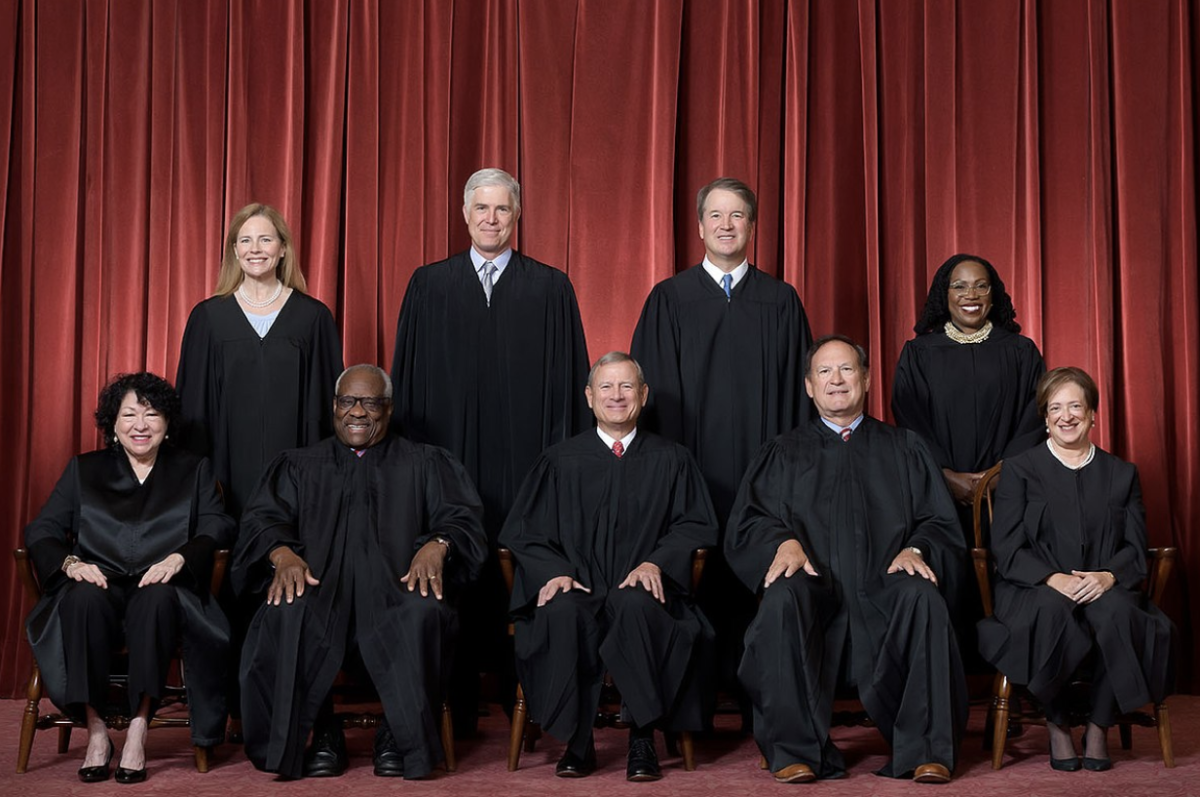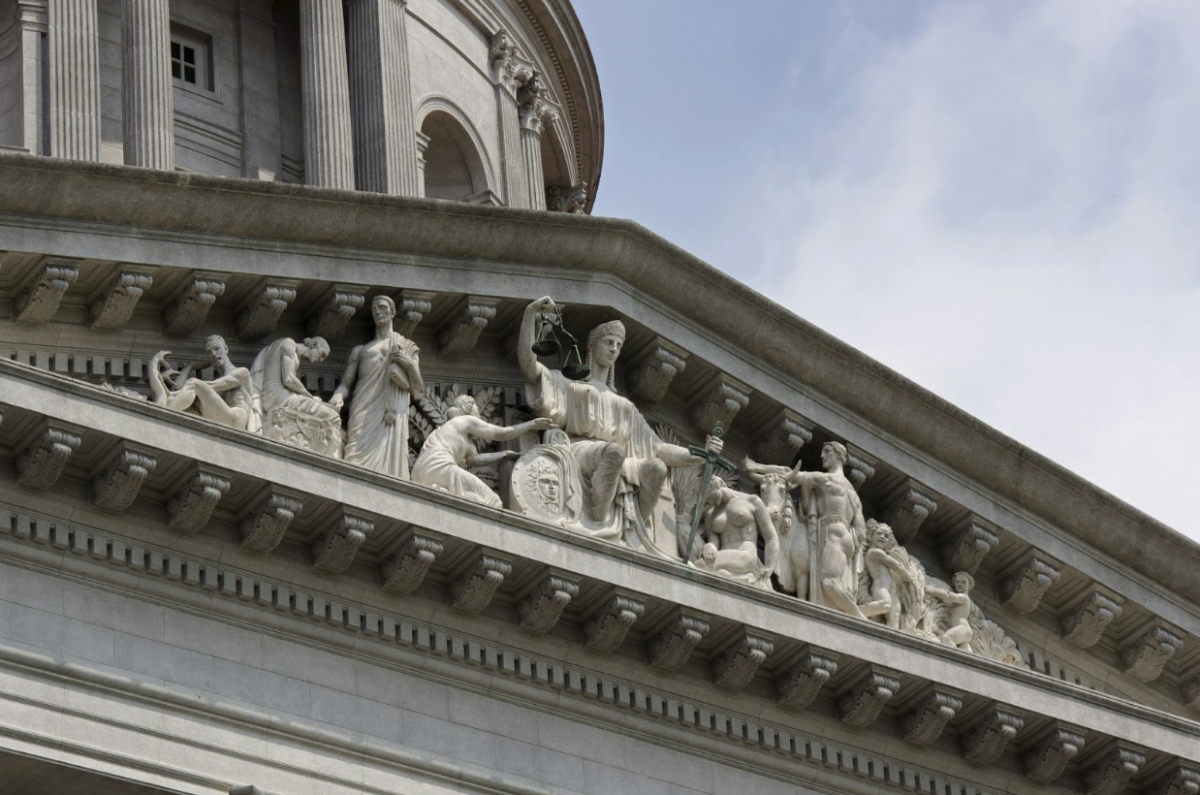Technology and social media are so pervasive today that they almost form part of an extension of ourselves. Social media is a way for many to gather news about the world, their communities, and their circles of friends. Perhaps one of the ways that social media has changed modern interaction so significantly is the way in which both companies and politicians capitalize upon the platform to respectively market their products and their policies. So, too, though, do social media users use the platform as a way to market their own beliefs about these companies and politicians. Recently, the federal government instituted a rule to which federal government employees must adhere that indicates that they are prohibited from showing any kind of partisanship through social media for any of the current presidential candidates. Interestingly, though, these same federal government employees are allowed to post a profile picture that would indicate their partisanship toward one of the candidates. While the reasoning behind the rule that prevents any kind of dissemination of politically partisan material on federal government employees’ social media accounts is sound, the loophole that allows for the politically partisan profile pictures achieves a similar, if more profound, effect than simply liking or following a politician or his or her posts. If the aim of the new social media rule for federal government employees in light of the upcoming presidential election is to prevent these civil servants from demonstrating partisan commitments, allowing these employees to post a profile picture that explicitly indicates their partisanship toward a particular candidate runs directly contrary to the rule’s mission of protecting the spirit of nonpartisan collaboration in the federal government.
A profile picture on social media is an image that is repeatedly, with each action that the user takes, widely proliferated for all of his or her fellow users in the network to see. In order to truly prevent polarizing partisanship in the federal government, employees should not be allowed to post profile pictures that are potentially more widely disseminated than a simple tweet or a “like” of a candidate’s comment. True, the restrictions do pose a threat to the liberty of these federal government employees and their rights of expression. But if the goal of the rules is to truly ensure that a spirit of collaboration is able to flourish in the federal government workplace, measures must be taken to ensure that employees do not become antagonized against one another. A profile picture is omnipresent, a constant reminder that is disseminated over and over again with each action that a social media user may take. Civil liberties activists may lament the complexity of the rules that appear to place restrictions on these employees’ expression rights. Indeed, one activist quoted in a Washington Post article asked, “Isn’t it better to have simple rules that employees can follow?” However, a step further must be taken if the workplace is to truly remain a nonpartisan, non-hostile environment that could degenerate into subtle political antagonisms. Profile pictures could directly inspire these unwanted polarizations.
[Image Credit: https://pixabay.com/en/twitter-facebook-together-292988/]








